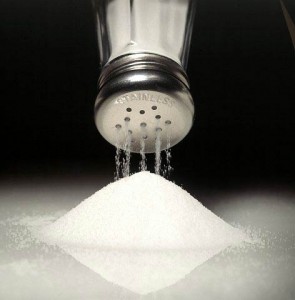RESUM/ ABSTRACT:
Although a variety of methods have been optimized for the collection and storage of plant specimens, most of these are not suited for field expeditions for a variety of logistic reasons. Drying specimens with silica gel in polyethylene bags is currently the standard for field-sampling methods that are suitable for subsequent DNA extraction. However, silica-gel repositories are not readily available in remote areas, and its use is not very cost-effective for the long-term storage of collections or in developing countries with limited research budgets. Salting is an ancient and traditional drying process that preserves food samples by dehydrating tissues and inhibiting water-dependent cellular metabolism. We compared salt and silica-gel drying methods with respect to dehydration rates overtime, DNA quality and polymerase chain reaction(PCR) success to assess whether dry salting can be used as an effective plant preservation method for DNA analysis. Specimens from eleven plant species covering a variety of leaf structures, leaf thicknesses and water contents were analysed. Experimental work indicated that (i) levels of dehydration in sodium chloride were usually comparable to those obtained when silica gel was used, (ii) no spoilage, fungal or bacterial growth was observed for any of the species with all drying treatments and (iii) good yields of quality genomic DNA suitable for PCR applications were obtained in the salt-drying treatments. The preservation of plant tissues in commercial table salt appears to be a satisfactory, and versatile
 La prestigiosa revista Molecular Ecology Resources acaba de publicar un article d’Elena Carrió i Josep A. Rosselló, investigadors del Jardí Botànic de València i del Jardí Botànic Marimurtra, on demostren que l’ús de sal comuna de taula és igual d’eficient que el sílicagel a l’hora de preservar el DNA per a estudis de diversitat genètica molecular.
La prestigiosa revista Molecular Ecology Resources acaba de publicar un article d’Elena Carrió i Josep A. Rosselló, investigadors del Jardí Botànic de València i del Jardí Botànic Marimurtra, on demostren que l’ús de sal comuna de taula és igual d’eficient que el sílicagel a l’hora de preservar el DNA per a estudis de diversitat genètica molecular.